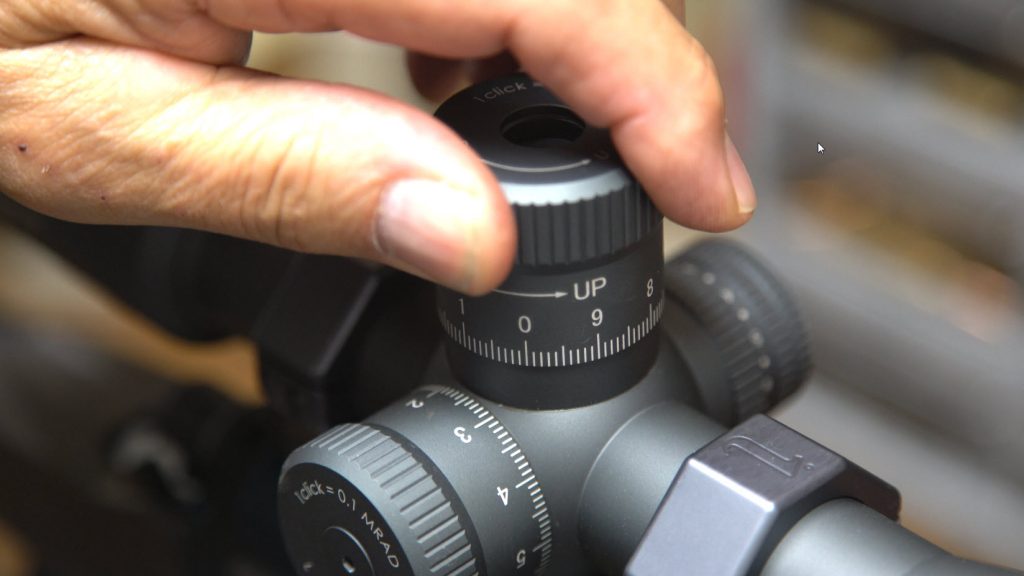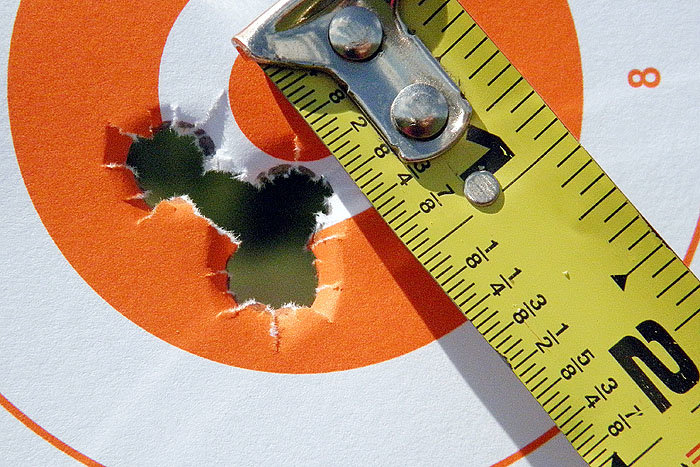Dial or Not to Dial
To dial or not to dial ? That is the question many of us are faced with as we prepare for another hunting season. I remember the days when once you had your rifle sighted in, you never touched your windage and elevation turrets. The sighting in process for many people was a very time consuming, expensive and frustrating thing.
Back in the Day
I recall going to the range as a kid with my dad and uncle to make sure their rifles were properly zeroed for the upcoming whitetail season. At the time we were living in Queens, NY and the closest range was out in Suffolk County Long Island. Back then unless you were a target shooter, you merely fired a few rounds just to make sure the rifle was not “bumped off.”
Today, I fire countless rounds through various rifles. I'm always testing scopes and ammunition. As well as just trying to keep on top of my game.
Shooting is a Perishable Skill
Just like any sport, proper practice makes perfect, and repetition helps breed consistency, which breeds accuracy. Many of the guys I used to watch at the range were content with hitting a softball size bullseye at 100 yards. Today, if my shots are not touching I am not happy. Granted the equipment today is far greater than the equipment my dad and uncle had access to. So, when it came time to dial those adjustments many times uncertainty followed. When the rifle itself is only capable of shooting a 2-3 inches group, getting the rifle to hit where you want can be challenging. Many of the scopes were friction dials and were not properly marked, so you never really knew how much to move the adjustment, and many times the adjustments were not responsive (remember seeing guys at the range tapping the adjustment to make sure they “moved”).

Dial or Not to Dial
When it came to long range shooting, because many shooters were not confident that the adjustment would move the correct value and return to zero properly, the result was what was called “Kentucky- windage”. This is where you would hold over the target and hope (and pray) that the bullet lands where you want it to. Not very efficient or accurate.
Fast Forward to Today
Scopes have come a long way in just the past 10 years, both optically and mechanically. Every TRACT scope features hand turn reticle adjustments with a positive “click” for each adjustment value. No more coin or screwdriver is needed like the old days. Or guessing how much to move the adjustment.
The precise value of each click is listed on the turret so you can easily make corrections quickly and easily. For example, most scope adjustments are calibrated in ¼ MOA. This is approximately .25 inches at 100 yards. When you are sighting in at say 100 yards, 4 clicks are equal to one inch of movement.
Let’s say you fire your rifle and the impacts are 3 inches low and 4 inches right. You simply move the adjustments in the direction you need the bullet impact to move to hit the center of the bull. In this case you would move the elevation turret in the UP direction 12 clicks (.25” x 12 clicks = 3”) and the Windage turret in the Left direction 16 clicks (.25” x 16 clicks = 4”. This should now place the bullets impact in the center of the bullseye.

Today’s adjustments are designed for accuracy and repeatability.
Many shooters of yesterday: Dial or Not To Dial
Many shooters of yesterday were afraid to dial once they had their scope “set”. Today many shooters test their scopes to make sure they track properly. Tracking means a scopes ability to adjust up and down and right and left accurately and repeatedly. If you dial the turret for a long range shot, it MUST track accurately or you will not hit the target. Since dialing has now become very popular among long range shooters, scopes today are designed and engineered to track extremely accurately.
This shows the extreme precision that TRACT scopes provide. Gone are the days of old with the fears of worrying if the adjustments will work properly. In fact, every TORIC rifle scope comes with High Profile Turret Kit with a zero stop and lock feature for improved accuracy.
Custom Dial Options
To improve accuracy even to a higher level, every TRACT scope features the ability to have a custom engraved turret made to match your specific load. To make it even easier, you can now forget about counting clicks. This means you simply dial the actual distance on the turret itself. Provide us with the detailed information regarding your cartridge and environmental conditions and we can take care of the rest. Checkout our custom dial options by clicking HERE.
Now if you are still leery about dialing we still have a solution for you. Every TRACT scope features a bullet drop compensating reticle that provides reference points for log range shots. The great thing about using the BDC reticle is that you can match your exact load to the reticle using the online Impact Ballistic program, but again that is a Blog for another day!
